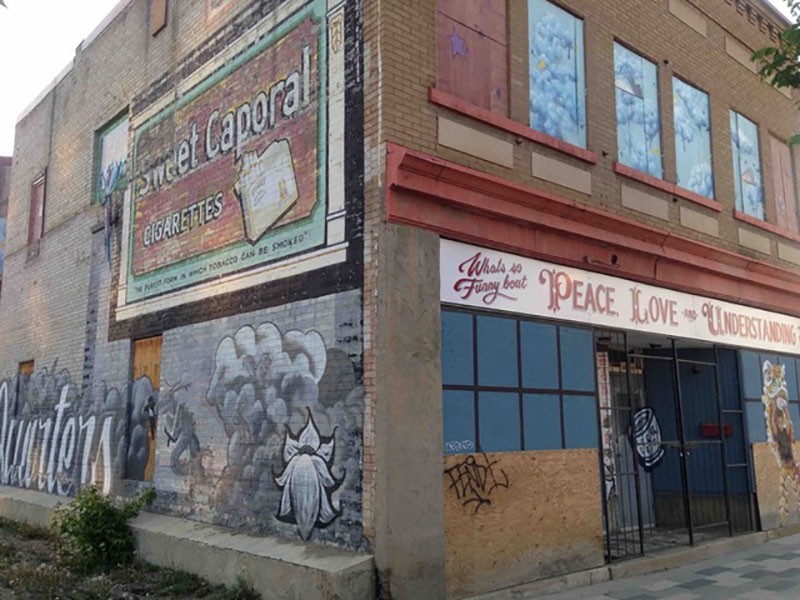Germantown YEG: A History to Preserve
Before World War I, the Koermann Block was at the centre of a large German-speaking community.

The historic Koermann Block (10234 – 96 Street) is sitting forlornly, all boarded up and waiting for word about its future. In 2011, Arts Habitat announced a plan to develop a building with 60 units featuring live/work units for artists. The façade of the proposed building was to include two of the Koermann Block’s exterior walls, similar to the design of the Brighton Block/Ernest Brown building on Jasper Avenue. This project died recently because the required matching funds from the provincial and federal governments did not come through.
The fading but still-attractive Koermann Block is named for Gustave Koermann, who built it in 1911 to house his thriving newspaper business, the Alberta Herold. Founded in 1903, the Herold was the first German-language paper in Alberta. It served a large number of German-speaking immigrants who lived in the area, many also operating businesses such as grocery stores, meat markets, blacksmith shops, barber shops, restaurants and cafes. As well, there was a German law firm, a German doctor, a German social club called the Edelweiss, and several German churches (see sidebar below).
Much of the community’s German language, business, and cultural activity declined suddenly in 1914, when World War I began. The newspaper was classified as an enemy alien, suspected of pro-German coverage. This atmosphere made it difficult to obtain advertising, and in May 1915 the final issue of the Herold was published.
So, the Koermann Block is no stranger to change and an uncertain future. The City of Edmonton has plans to put the property up for sale again. “Our desired outcome is to have the Koermann Block incorporated into a new development,” says Mary Ann Debrinski, Director, Urban Renewal.
Regarding the future of the Koermann Block, Sylvia Herting of the Germantown YEG Facebook page says, “We need to keep this.”
In addition to the Koermann Block, here are some other German locations of note.
Edelweiss Club and German Churches
Edmonton’s Edelweiss Club, a German Canadian social centre, was founded on April 24, 1905 and officially incorporated in 1906. Gustav Koermann, publisher of the Alberta Herold, was its first president. The first location of the club was 9568-101A Avenue, now the site of the new Double Tree by Hilton hotel. The second club building, constructed in 1928, still stands at 9663 – 101A Avenue, near Canada Place. It is currently a restaurant.
In 1905 and for several years following, the Edelweiss was the largest gathering place in Edmonton; it was used for many social and political events organized by other groups besides the German membership.
The German churches in the neighbourhood include the building that is now the Mustard Seed, originally a German Baptist church, and St. Peter’s Lutheran Church, 9606 – 110 Avenue. St. Peter’s was “a spiritual home for German immigrants, offering relief services to new arrivals in the 1930s and broadcasting German services over CFRN radio until 1951” (Churches of Edmonton’s Church Street booklet, which you can download at bmcnews.org).
Koermann Block Replica in Fort Edmonton
Fort Edmonton’s “Ukrainian Bookstore Building” is a reconstruction of the Koermann Block as it looked in 1919, when the bookstore occupied its lower floor.
Anita Jenkins is a retired writer and editor who lives in Boyle Street.

